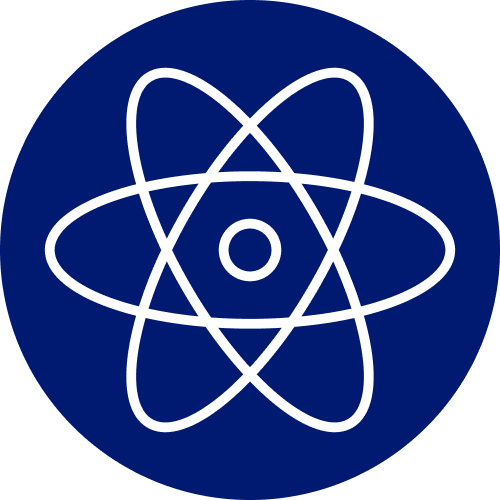Ranking
Technologies with less than 10% awareness not included.
Each ratio is defined as follows:
- Retention = would use again( would use again + would not use again )
- Interest = want to learn( want to learn + not interested )
- Usage = ( would use again + would not use again )total
- Awareness = ( total - never heard )total
Experience Over Time
| Would use again | |
| Would not use | |
| Interested | |
| Not interested | |
| Never heard |
Sentiment Split
This chart splits positive (“want to learn”, “would use again”) vs negative (“not interested”, “would not use again”) experiences on both sides of the central axis.
Bar thickness represents the number of respondents aware of a technology. Click on the individual label to see more details.
Do you integrate React Native with applications written using other technology?
Code sharing
OTA updates solutions
The data on specific features not only reflects the current landscape but also shapes the trajectory of React Native’s evolution. The metrics on technologies like Codegen, Bridgeless, and everything new architecture really underscore the community’s commitment to innovation and efficiency. Particularly noteworthy is the positive sentiment towards these features, which echoes the community’s enthusiasm and aligns with the broader goals of enhancing developer experience and performance; even in our own Microsoft project, React Native Test App, we are already working on adding Bridgeless support.
Moreover, the integration with other technologies and the emphasis on code sharing and OTA updates point to a future where React Native is not just a framework but a cornerstone in a larger, interconnected ecosystem. It reflects our aspiration to not only keep up with the evolving tech landscape but to actively shape it, making React Native a versatile and forward-thinking choice for developers worldwide.
